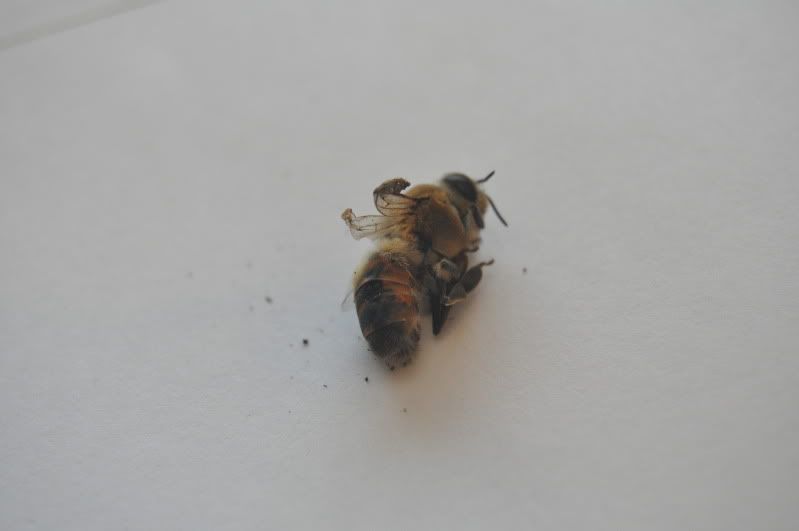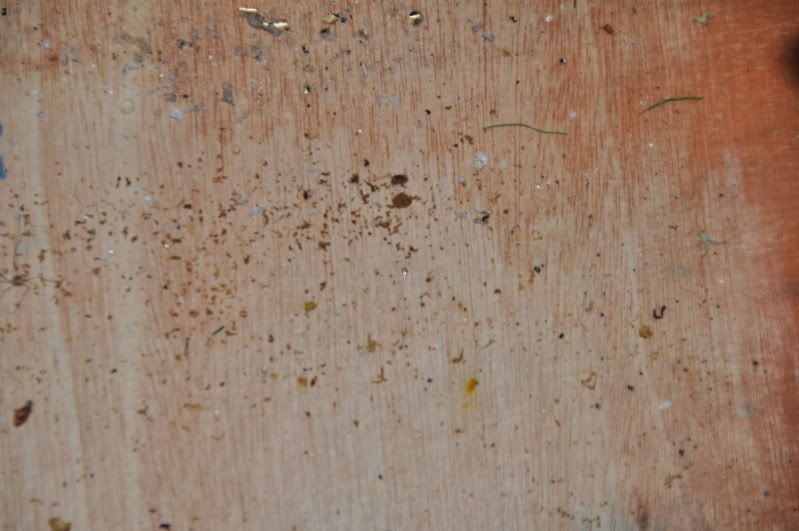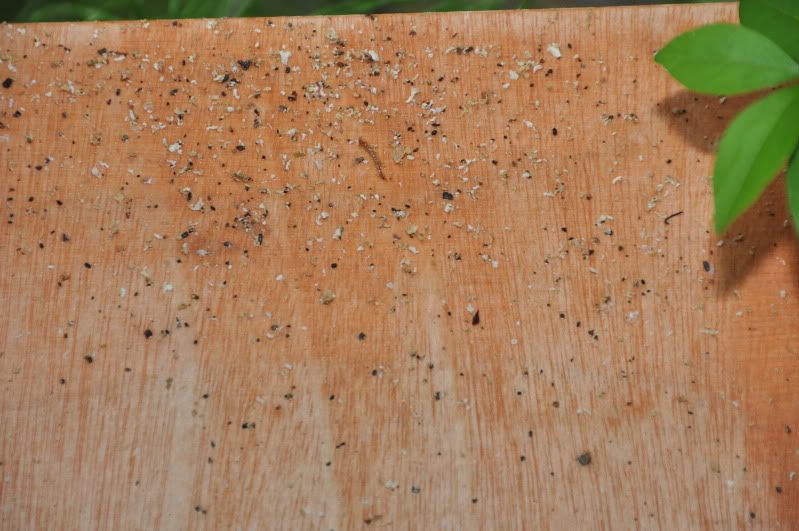The simplest thing to do, ASAP, is to put in the "inspection board" under the hive's mesh floor.
And make a diary note of when it went in!
Leave it in for a few (at least 3 or 4) days before counting the dead varroa that have collected on the board.
That test can then be ongoing while your mentor is away.
The (average daily) body count needs interpretation (particularly with a small colony), but it would give a useful indication.
And your mentor's return would be a good time to count the dead mites together (especially if you haven't done it yourself previously).
Don't go trying drone culling on your own, in your first week! (It shouldn't be THAT urgent...)






















































